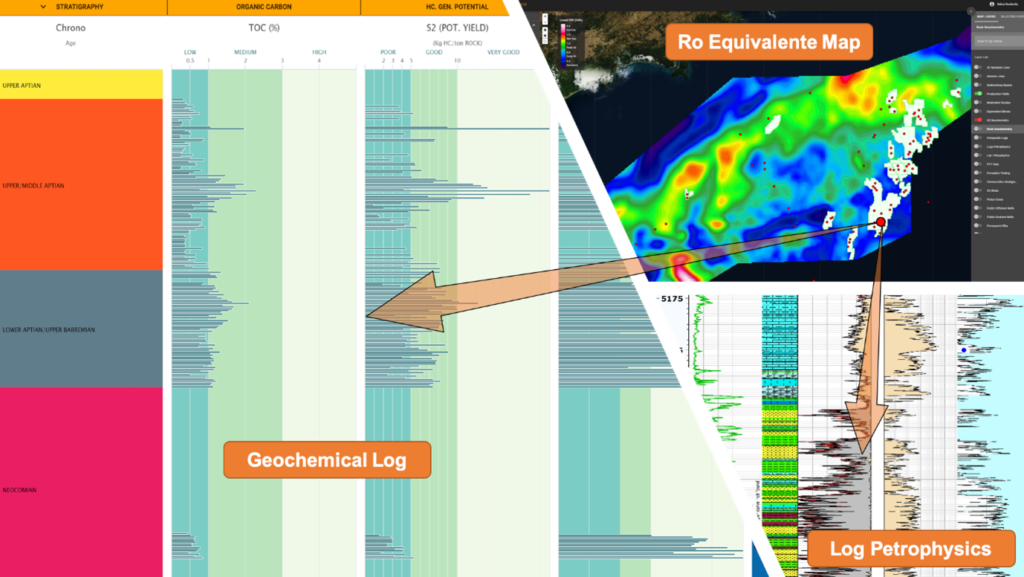Turning data into information to build knowledge

BPS is a knowledge-driven company, with the application of advanced geochemistry technology being pivotal to our value proposition. With this in mind, turning reliable data and information into knowledge is always our main objective (data creates information which creates knowledge). An example of this knowledge is our petroleum systems modeling outcomes, which rely on the construction of robust seismic and well frameworks, followed by calibration with highly advanced geochemistry technology, all packaged into state-of-the-art PSM for numerical simulation in order to test our assumptions. But how do we transform this knowledge for direct assessment by any subscriber, giving them an easy-to-use dataset with embedded standards and the best practices in petroleum systems analysis?
Interestingly, the need to make life easier for ourselves and our customers created a “solution” (the BPS Geodatabase) that stemmed from a previous “solution” (our expertise in applying advanced knowledge). After years of providing assessment services for exploration and development of diverse areas around the world, as well as for in-house use for operating assets at our previous companies, BPS designed its own geodatabase, delivering high-tech data to create information and, in turn, knowledge. The rationale was that a geodatabase only realizes its full value if it provides a wide range of geodata that can be easily transformed in knowledge via a simple and easy-to-use frontend, allowing the replication of the most advanced analytical technology in petroleum system assessment on the market today.
Thus, the BPS Geodatabase is supported by backend tools that can digest the data into information, allowing our users to build knowledge that can be easily applied to exploration decision making, while also meeting their scientific needs. The geodatabase is not an end in itself, it is designed to facilitate the acquisition of knowledge for users. It was built, and it is constantly being updated and tweaked, into the largest and most comprehensive digital database of Brazilian basins in order to support petroleum systems analysis. The result is a simple equation: geodata + new insights = enhanced application of knowledge.
One of the main demands of our clients is the integration of various rock-driven interpretations from wells and seismic with fluid-driven interpretation from geochemistry and well evaluation analytics. The ultimate and most noble goal is the integration of multiscale basin analysis deliverables with practical acreage valuation, where petroleum systems modeling works to provide clues for exploration decision making. In this context, data storage, organization and access become critical for exploratory decisions. The architecture of the backend also opens up the possibility of delivering the raw data and information directly to our user for them to build their own frontend petroleum system analysis, meshing the BPS proprietary data/information with their expertise and needs (please see: Architecture makes raw data extraction a breeze). Check out an example in Figure 1.

Summing things up, business solutions are what the BPS Geodatabase provides: data, information and knowledge all in one place, with the core of Brazil’s petroleum systems being represented via qualitative and quantitative methods, but also with functionalities for easy access to data and information by our subscribers.
Enhancing the market intelligence of our users with a petroleum system-oriented geodatabase is our main target. The end goal is to collect large volumes of diverse types of geodata and digest it into an easy to use frontend to provide a tool that aids oil finders in practical decision making for asset evaluation.
Home / Turning data into information to build knowledge

